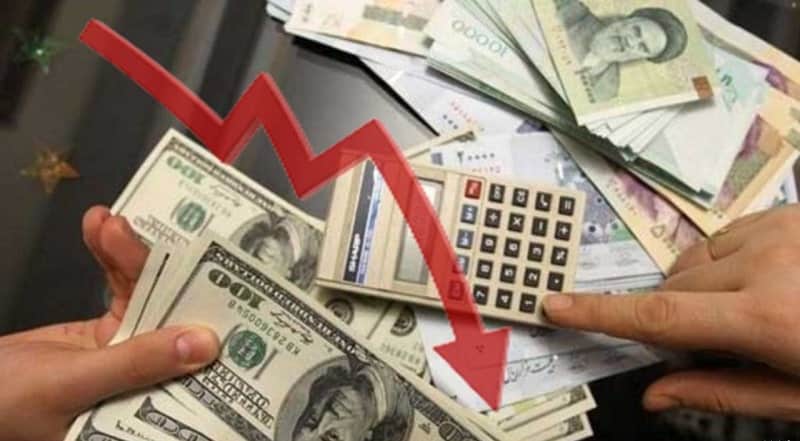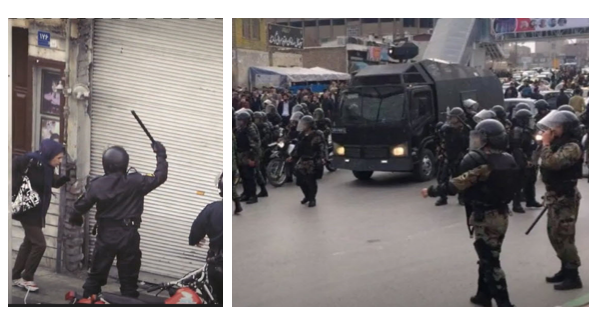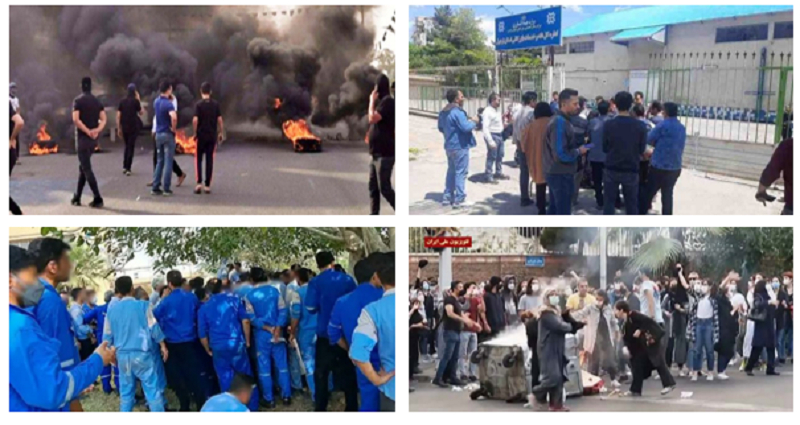

On June 14, government-associated economist Saeed Lilaz highlighted Iran’s skyrocketing inflation, saying, “The inflation rate in 2022 has surpassed 50%, marking the highest level since 1943.” He pointed to the unprecedented growth in liquidity over the past five years, especially during Raisi’s 23-month tenure, as a sign of the massive siphoning of Iranian wealth.
Echoing this bleak economic outlook, the Deputy Director of the regime’s Planning and Budget Organization last month unveiled the Raisi administration’s enormous budget deficit of 794 quadrillion rials. This revelation came alongside the disclosure by the Chairman of the Executive Board of the National Development Fund that only $10 billion remains in the $150 billion fund.
Widespread corruption within the system is apparent as Ali Khezarian, the spokesperson of the Article 90 Commission in the Iranian parliament, revealed on June 14 that government officials and managers control a significant portion of the national wealth, estimated at 500 quadrillion Rials (approximately $11.9 trillion). The government’s lack of knowledge about its own assets, due to unregistered property held by select officials, further fuels concerns.
These disclosures came amid concerns of widespread corruption triggered by the Iranian regime’s plan to sell public properties to cover the budget deficit. With this so-called “productive assets plan,” properties belonging to ministries, universities, state institutions, and governmental companies could be auctioned off, potentially generating around $445 billion for the regime.

Moreover, the alarming decline in domestic consumption of dairy products, a symptom of escalating poverty, has been confirmed by the Tejarat newspaper. “This trend has raised concerns, especially for children and teenagers growing up during this period,” it noted, adding that the increase in dairy export volumes underscores the domestic market’s dire straits.
This socio-economic crisis, exacerbated by pervasive corruption and poor governance, underscores the failure of Khamenei’s strategy to consolidate power by appointing Raisi as president.

Mohsen Ranani, a state-affiliated economist, wrote in an open letter to Khamenei, “The early defeat of Raisi’s government shows the system has reached the end of its period of declining efficiency.” This admission implies a ticking time-bomb scenario for the Iranian regime, caught between public dissent and economic ruin.

MEK Iran (follow us on Twitter and Facebook), Maryam Rajavi’s on her site, Twitter & Facebook, NCRI (Twitter & Facebook), and People’s Mojahedin Organization of Iran – MEK IRAN – YouTu







